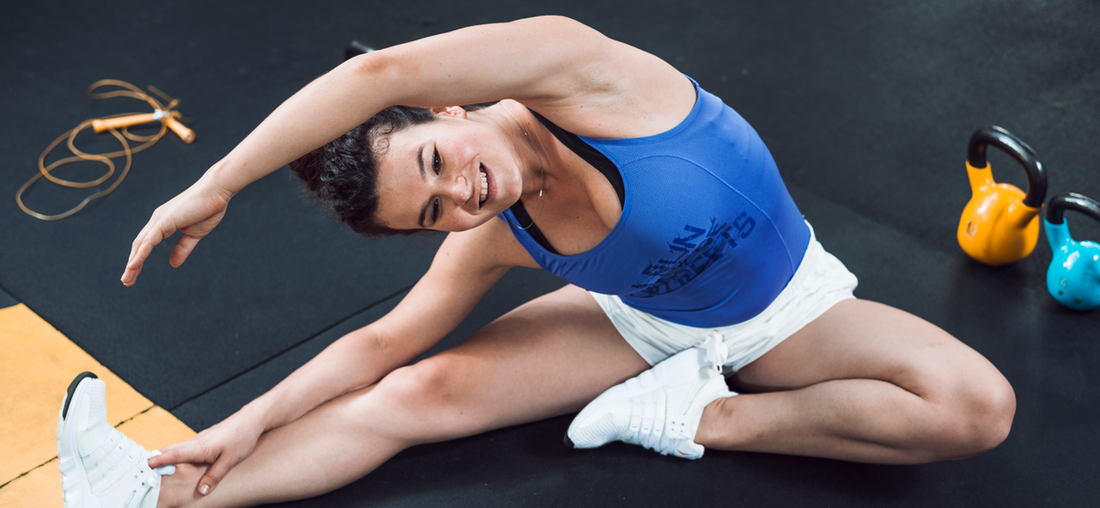Athletes are particularly susceptible to bursitis due to the repetitive movements and high levels of physical activity required in sports. Bursitis can occur in various joints, including the shoulders, elbows, hips, and knees, and is often caused by repetitive stress, trauma, or overuse. Preventing and managing bursitis effectively is crucial for athletes to avoid disruptions in training and competition.
Understanding Bursitis in Athletes:
Bursitis occurs when the bursae, small fluid-filled sacs that cushion the joints, become inflamed. This inflammation can result from repetitive motion, excessive pressure, or direct trauma to the joint. Athletes, especially those involved in high-impact sports or activities with repetitive movements, are at an increased risk of developing bursitis.
Common Symptoms:
-
Joint pain and tenderness
-
Swelling and redness around the joint
-
Limited range of motion
-
Increased pain with activity or pressure
Prevention Tips:
1. Proper Warm-Up and Stretching:
-
Dynamic Warm-Up: Engage in dynamic stretches and movements to increase blood flow to the muscles and joints before intense physical activity.
-
Static Stretching: Incorporate static stretches post-activity to improve flexibility and reduce muscle tension.
2. Strength Training and Conditioning:
-
Balanced Strength Training: Focus on strengthening all muscle groups to ensure balanced support for the joints.
-
Core Stability: Develop core strength to improve overall stability and reduce stress on the joints during athletic movements.
3. Use Proper Technique:
-
Professional Coaching: Work with coaches or trainers to ensure proper technique in sports-specific movements, reducing the risk of repetitive stress injuries.
-
Equipment Use: Utilize appropriate and well-fitted sports equipment to support joints and reduce unnecessary strain.
4. Gradual Increase in Activity:
-
Progressive Training: Gradually increase the intensity and duration of training sessions to allow the body to adapt and prevent overuse injuries.
-
Rest Periods: Incorporate regular rest periods and recovery days into the training schedule to allow the body to heal and prevent chronic inflammation.
5. Adequate Hydration and Nutrition:
-
Stay Hydrated: Maintain proper hydration levels to support joint lubrication and overall muscle function.
-
Anti-Inflammatory Diet: Include foods rich in anti-inflammatory properties, such as fatty fish, nuts, seeds, and leafy greens, to help reduce inflammation and support recovery.
Recovery Tips:
1. Immediate Care:
-
Rest and Immobilization: Rest the affected joint and use braces or supports if necessary to prevent further strain.
-
Ice Therapy: Apply ice packs to the inflamed area for 15-20 minutes several times a day to reduce swelling and numb the pain.
2. Medical Treatments:
-
Nonsteroidal Anti-Inflammatory Drugs (NSAIDs): Use NSAIDs like ibuprofen to reduce pain and inflammation.
-
Corticosteroid Injections: For severe cases, corticosteroid injections may provide relief by reducing inflammation directly in the affected bursae.
3. Physical Therapy:
-
Tailored Exercise Program: Work with a physical therapist to develop a personalized exercise program focused on strengthening and stretching the muscles around the affected joint.
-
Manual Therapy: Techniques such as massage and joint mobilization can help reduce pain and improve range of motion.
4. Gradual Return to Activity:
-
Controlled Return: Gradually reintroduce physical activity, starting with low-impact exercises and slowly progressing to full athletic participation.
-
Monitor Symptoms: Pay attention to any signs of pain or discomfort and adjust the activity level accordingly.
5. Long-Term Management:
-
Regular Monitoring: Continuously monitor the affected joint for signs of recurring bursitis and seek medical advice if symptoms reappear.
-
Ongoing Strength and Flexibility Training: Maintain a consistent routine of strength and flexibility exercises to support joint health and prevent future episodes of bursitis.
Bursitis can be a significant setback for athletes, but with proper prevention strategies and a comprehensive recovery plan, it is possible to minimize its impact and maintain peak performance. By focusing on proper warm-up routines, strength training, technique, gradual progression, and adequate recovery, athletes can protect their joints from inflammation and reduce the risk of bursitis. Additionally, early intervention and appropriate medical care are essential for effective recovery and long-term joint health.
Related Articles:




